I came across Andries on JungleDragon (a wildlife community website). Not only does he have some fantastic images, but some jaw-dropping wildlife stories from his time working in the wilds of Namibia. So i hounded him, and he graciously agreed to be interviewed! :)
Check out his photos on his JungleDragon page, and if you are in the mood for some scary stories of real life wildlife encounters, you can read some of his encounters on the JD story page! A selection of his great photography is included after this interview! I hope you enjoy!
Name: Andries H. Alberts
Job Title: Warden
Affiliation: Namibian Conservation (Eden Wildlife Trust)
Location: Eden Wildlife Trust, Namibia northeast
Responsibilities: Manager, Game Reserve
Ok, to start off with can you explain to us what your day-to-day work life entails on the private game reserve. What does a wildlife manager do? (When you get up, what do you do on a ‘normal’ day, what you see etc…).
The apple does not fall far from the tree it would appear! Daniel, Andries's son with his orphan Ostrich chick.
It is pretty similar to managing a National Park … Priorities are set, to be met. Water is crucial, safe habitat secondary, protection vital, always. When I get up in the morning, I meet with my Rangers and we discuss every one’s responsibilities and duties for the day. I request a full Law Enforcement report (stating patrol activities etc.). The same accounts for the technical team … water points in order, if not, why, and how long to fix it. I would also consult with the PR Ranger, what progress is made with the neighbouring communities regarding protection? Finally, income and expenses. How, when, how much … etc. As always, money plays a big part. Accountability is always needed. Planning is just as crucial. Determine if we need to open up new areas by placing new watering holes, when to burn (natural management of the area and diseases), animal populations and dynamics (is there balance, if not why, and how do you fix it). Every decision made does not just involve one aspect, but many as one always has to think of other species affected, and not just the species in specific consideration.
Before working on a private game resort, you worked for the Namibian Government through the Ministry of Environment and Tourism. What were your responsibilities in this job?
I was in control of over 7 million acres of protected land, had a small army to protect our valuable wildlife, and a team of wonderful staff that would dedicate their being to the conservation of wildlife and treasures of Nature. Water provision was number one, law enforcement secondary, education closely third, problem animal management also a priority as it deemed necessity. Rare and Endangered species management was also very important (Black Rhino and Roan antelope). These animals carried protection priority and we looked after them on an intensive basis (for example, in years of drought, we gave out supplementary feed, darted them annually from helicopters with a variety of medicinal concoctions and vitamins).
Population dynamics were also closely monitored, and twice yearly, we conducted full moon game counts and aerial censuses. The full moon game counts meant that we would, in groups of 4, stay at a specific watering hole and count all the game that actually drank water. As water is the limiting factor, all animals had to drink water. After the 72 hour game counts, by reason of various species having various drinking frequencies, populations were determined. This would give indications of what the populations were doing over the years. Was the supposed yearly increase present, overall condition etc. etc.
It was a duty that was not a duty, but a pleasure.
From the outside, a lot of us photographers would say you have the best job in the world, but I am sure it isn’t all photo safari’s, and has real implications. What is the outcome of your job? Why is/was it important?
As I grew through life, it was instinctual to protect, and sustainably use wildlife and natural resources. A few years later I realized that Namibia is the only country in the world that has Conservation and Sustainable Utilization embedded into its constitution. What a moment that was … a life changer for me. And that alone made me decide that my life was worth dedicating for. Yes … life is always greener on the other side. 16 Years I lived without electricity … it made me appreciate it very much once it was at my fingertips afterwards. I still do not have access to hamburgers or pizzas as I am writing this … . Social life within my course of duty has been all but zero, until I met Stacey on an archaeological dig within my beloved Khaudum National Park. She joined a study group for 2 weeks, and stayed up to now. We are married and have a son. Duty overcomes all other. There was no time to take photographs … sadly … as dedication and responsibility overpowered all. I just simply could not tell my guys to “hold on, I want to take a photograph”, while bullets were flying all over the place, or when death was upon us through a charging rogue Elephant. And so, yes, death I have seen many times. In both the world of “problem animals” and in the endless battle with poachers that strive for money. These days, on the private game reserve, pressure is less and I have more time for photography. To be in the bush is always rewarding, and necessary as this is the only place where one can determine if ecosystems are running in harmony.
Conservation in Africa is for the young, who have nothing to lose. Off course there are scientists and directors etc. – specialists that guide and advice park managers of what to do and what to look out for. Monetary rewards in this line of work are absolutely bare minimum, and it should not be a determining factor when choosing to commit to this line of work. Rewards in this line of work are plentiful. To see wildlife in the free and wild is always beautiful. To see animals living in a safe environment with all the resources they require for existence is priceless. And when the rains come and the wildlife give birth … what a sight to behold … new life.
What is the biggest challenge you face in your job?
Financial backing or lack thereof, is a constant challenge. We all work on a budget. As was said earlier, water provision for wildlife is always priority, so the majority of one’s budget goes to that. As the world is developing into a technological and communicative web, it seems more and more people out there do not understand the concept of sustainable utilization. It is very frustrating when one is critiqued for managing wildlife that might not know or understand all the aspects involved. It is simply impossible to allow wildlife numbers to increase without management, for example. That is why many National Parks in Namibia are “fence free”. The parks “feed” surrounding conservancies that in turn allow for sustainable utilization through trophy hunting. This, in turn, reduces poaching as suddenly wildlife has value. Some wildlife needs to pay for the rest. There are simply not enough habitats for wildlife to increase exponentially.
What makes a good day, and equally, what makes a bad day ‘in the office’?
A good day is when there is harmony within nature. When the animals are happy, we are happy. When they have water, food and shelter, we purr in content.
A bad day is when poachers enter our haven of safeguard. Another part of a good day is when we catch up to those poachers …
A bad day is also when a human fatality is reported, through a “Problem Animal”. It is law in Namibia to dispose of that said / responsible animal without delay, and with lethal force. A declared problem animal is one specific animal (it must be identified either through visual confirmation or through a specific track or a specific habit) that has caused death to a human, or is causing continuous loss of livestock that is considered to be adequately protected. It is also a bad day when bad publicity leaks out, construed to fit public demand. With this I am referring to especially wildlife utilization, like trophy hunting. It is a crucial money generating system that empowers previously disadvantaged communities and commercial entities alike. Wildlife needs to make a living … pay for itself. If wildlife has no value, it will have no future. This said, rest assured there are tremendous regulations entailed in this process. It is definitely not a matter of just going out and doing what you want to do.
I am sure you see or have seen a lot of tourists doing stupid things. Can you give us an example?
I once had to hunt problem Crocodiles in the Caprivi region. There was a tourist lodge on the side of the Kwando River and this place had this horrible ritual that entailed catching baby crocodiles, easily seen from the boat as they would go down the river. When a baby crocodile was spotted (these guys were anything up to a foot or two long), someone (tourist) would jump from the boat and catch such a baby croc. The successful capture would be shown to all the boat occupants and then released back into the river … showing off. So the day came … a group of tourists, severely intoxicated, went down the river at night with a spotlight, trying to catch baby crocodiles. A guy jumped in … and that was the last of him. He had accidentally (or not) jumped into the water exactly where two mature crocodiles were lying in wait of prey. We recovered half of him in one croc, and the other half in the other croc.
"A 15 foot man-eating croc with hunting party. This croc had killed well over 7 people."
There was another story where a very arrogant tour guide met his own demise. Also on one of the main rivers in the Caprivi region, the company he had worked for used to take tourists on a sun-downer “drift” down the river on this home-made raft thing. There was a pod of hippo close by and they always bemused the tourists (a grand and noisy sight). So on that specific day, when there were especially many young female tourists on board, this tour guide decided to push away a young hippo bull from the raft using his leg. The tour guide was confident that he “knew” these hippos so well that they would not harm him. Well, on that day, the hippo did not recognize his “friend” and took off the guide’s leg just below the pelvic girdle with a single bite. The tour guide fell back into the raft, with one of his main arteries severed … four minutes later he had bled out. We (Government Wildlife Officers) got the call and collected his remains, but was also met with a pretty gruesome sight as all the tourists on board were sprayed with blood … and were clearly in a state of shock, to say the least.
Another tourist once got severely intoxicated and decided to sleep out under the stars, in just his sleeping bag. He got eaten by lions. Another guy did the same, and Spotted Hyena took part of his leg calf muscle.
There are many, many tourist stories doing the wrong thing, but the crux is always the same. Do not push off hippos using your foot / leg, do not swim in crocodile invested waters and do not think a wild animal can recognize you as a friend or friendly person. Adhere to park rules, always.
What advice would you give to any photographer wanting to go out there in order to have the least impact as possible?
There are numerous National Parks all across Africa that sees thousands of tourists visiting throughout the year. In such parks, the wildlife has grown accustomed to vehicles, humans and human noises and scents. In such parks, the “conditioned” wildlife makes for great photographic subjects with reduced danger threat to the photographer. These parks will have a lot of regulations as well, for example one is not allowed to get out of your vehicle.
All wildlife have an instinctual “flight or fight” distance. In true wilderness areas, this distance will be larger than in areas where animals are used to visitors. “Tamer” wildlife in established parks will have a greatly reduced flight or fight distance. This means they are safer to approach. Still, never get too close. For Dangerous Game (Elephant, buffalo, rhino, lion, leopard – anything that can kill you), I would personally not approach to closer than 40 or 50 meters, even with conditioned wildlife.
Be quiet and do not use your flash. If at possible, check that the wind is blowing from the animal subject towards you. Many of these species have poor vision and rely more on smell. If they cannot smell you, your chance of escaping a potentially dangerous situation is better. Never feed the animals and never try to show off in front of other visitors. Do not take chances in trying to get that perfect shot. Before entering a potentially dangerous situation, look for escape routes.
What basic safety tips and what locations would you recommend for photography? Basically, any insider info you are willing to share? :)
Within Namibia itself, the Etosha National Park is filled with conditioned wildlife, has 4 tourist camps (each can take about 600 tourists) with established watering points all over the place. Lots of game, lots of water and a large area / park (2.2 Million Hectares). Namibia also has the Namib Desert (where the country’s name is derived from). The Desert Elephants here are unique and always worth a visit. The Caprivi and Okavango areas have permanent rivers with subsequent rich bird life and riverine vegetation. A bit of something for everyone.
The Okavango Delta in Botswana is another haven, just as the Kruger National Park in South Africa is. But these areas are more expensive (especially Botswana). Serengeti, Tanzania, Mozambique … every country has a jewel. It is just a matter of doing a bit of online research and you will find what you are looking for.
Wilderness areas normally have less tourist activities, but here the wildlife also have a lower tolerance for humans (larger flight and fight distance). Parks like Khaudum, Namib Naukluft, Mudumu, Mamili and various others within Namibia can provide rewards to the tourist seeking more “off the beaten track” adventures.
I have read a lot of your edge-of-seat, buttock clenching, nail-biting stories on JungleDragon that seem to be more like movie scripts than real life. But on a personal level, what is your most memorable story, the one that sits in the forefront of your mind, and the one you will never forget?
I have had 8 full charges by Elephants during my time on earth. A full charge is intended to kill or destroy, whereas a mock charge is simply to intimidate.
Once, in the Khaudum National Park, a Ranger and myself were on our way back from a meeting. We had to drive through the park at night, which turned out to be a major mistake. This specific park is known for its loose, thick sand and vehicles can only operate here with 4 x 4 engaged (all wheel traction). On this night, we spotted a breeding herd of Elephant crossing the two-track road in front of us, barely visible in the dimmed headlamps of our vehicle. We stopped and waited for the herd to cross and clear the road. A couple of minutes passed while we remained focused on the herd approximately 60 meters ahead of us. Then, suddenly and very unexpectedly, a young bull tore through the bush, ten odd meters from our idling vehicle. I immediately shifted into reverse with a screaming engine demanding every joule of energy from our steel horse. Sand spewed out from beneath our wheels as the vehicle started to retreat, but it was too late. The bull charged with head lowered and trunk curled up beneath his mouth, protecting it. Due to the loose sand, we could not escape fast enough and the charging bull elephant caught up to us. At this stage the bull scooped up the vehicle with flashing white tusks, lifting the front part clear off the ground. Fortunately by then we already had a fair dose of adrenalin pumping and followed through with the attempt to get away, keeping on the accelerator and moving backwards, albeit only on the two rear wheels (it was like the elephant was pushing a wheelbarrow). After about 40 odd meters, we started beating on the sides of the doors and I fired a few warning shots from my side-arm into the air. The sound of hammered metal and gunfire was enough to distract the elephant from it rampage and consequently he dropped our vehicle. The bull walked away in a calm, collected and proud manner while we felt tremors shooting through our bodies. The vehicle’s engine had been pushed forwards, a little bit into the cab. It was also seized and beyond repair. We spend the night in the deep dark bush, but were rescued the next day by fellow officers. To stare into the eye of a wild and angry elephant at about 2 meters, was for me, one of the most memorable moments ever experienced.
Besides this, I will also never forget contact situations with armed poachers, or hunting man-eating lions at night. There are many stories, but the wheelbarrow elephant bull is the one I tell the most.
Do you know what noise a zebra makes? I have a new born son at home, and I can mimic (badly) most animals, but when it comes to Zebra’s, I draw a blank… can your describe their noise for me… :)
Zebras makes various noises. Its characteristic call is described as "yelping". They also "prrrrr" as they blow out wind over their lips, like a horse. Hope this helps. The "prrrrr" noise should be easy to make.
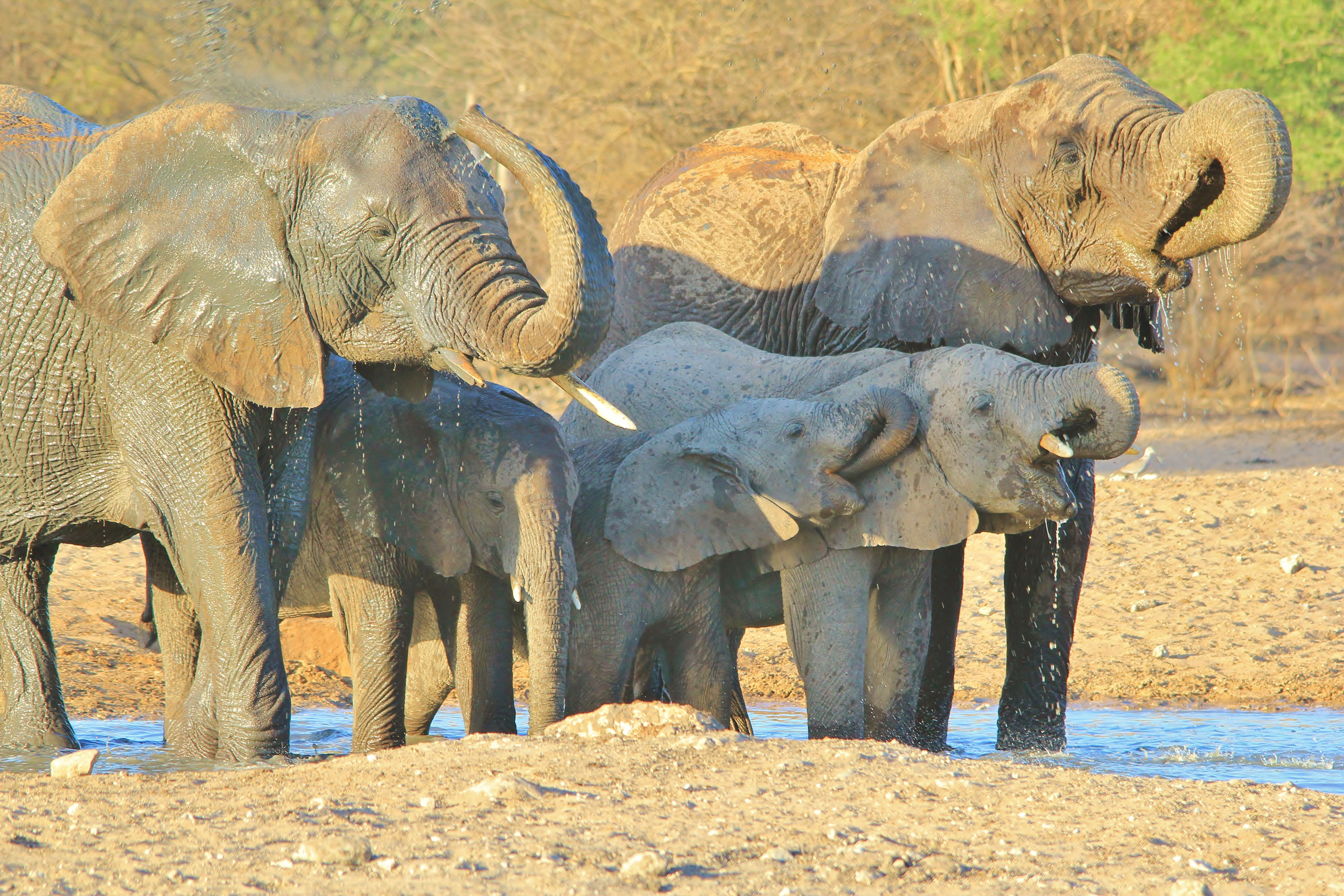
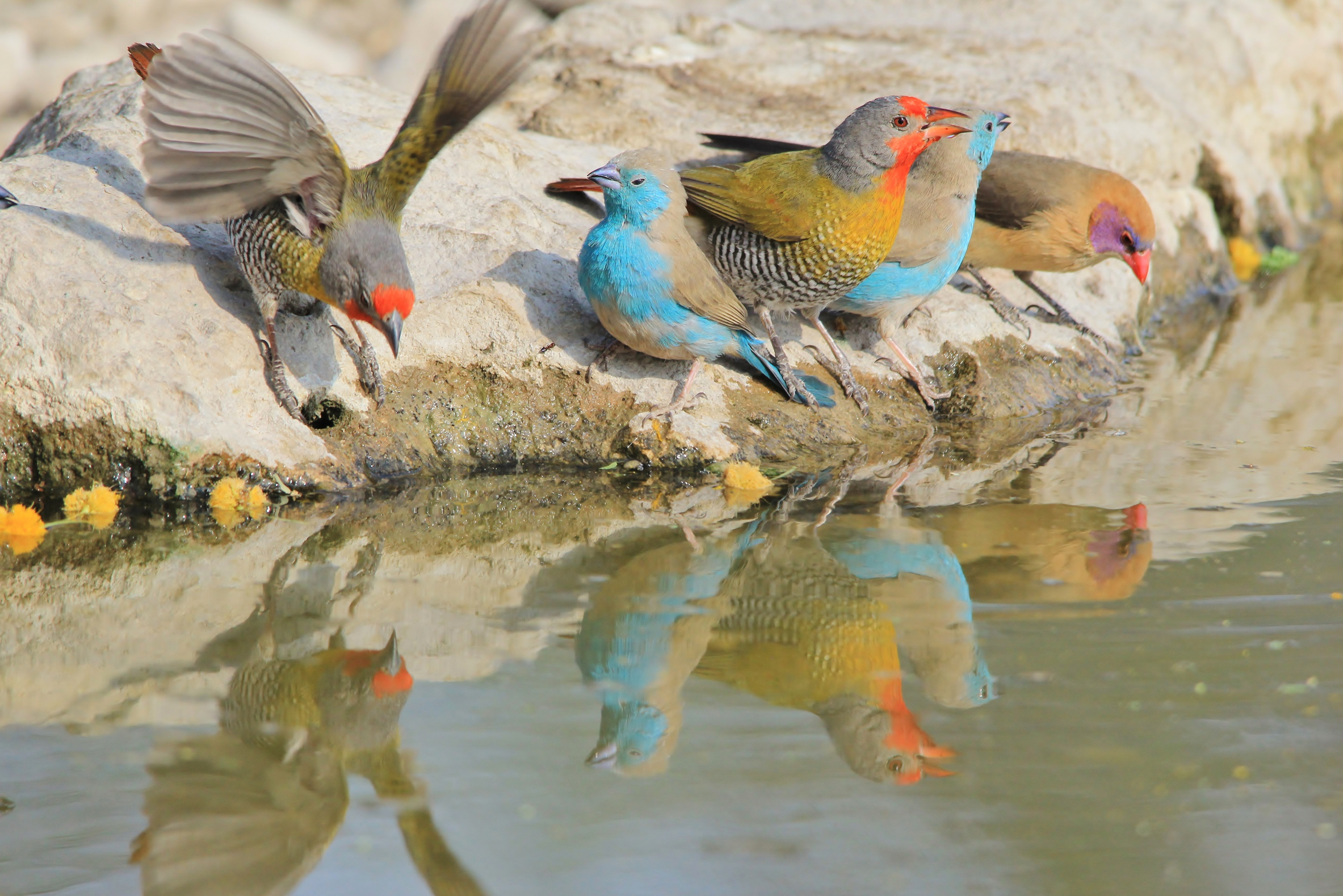
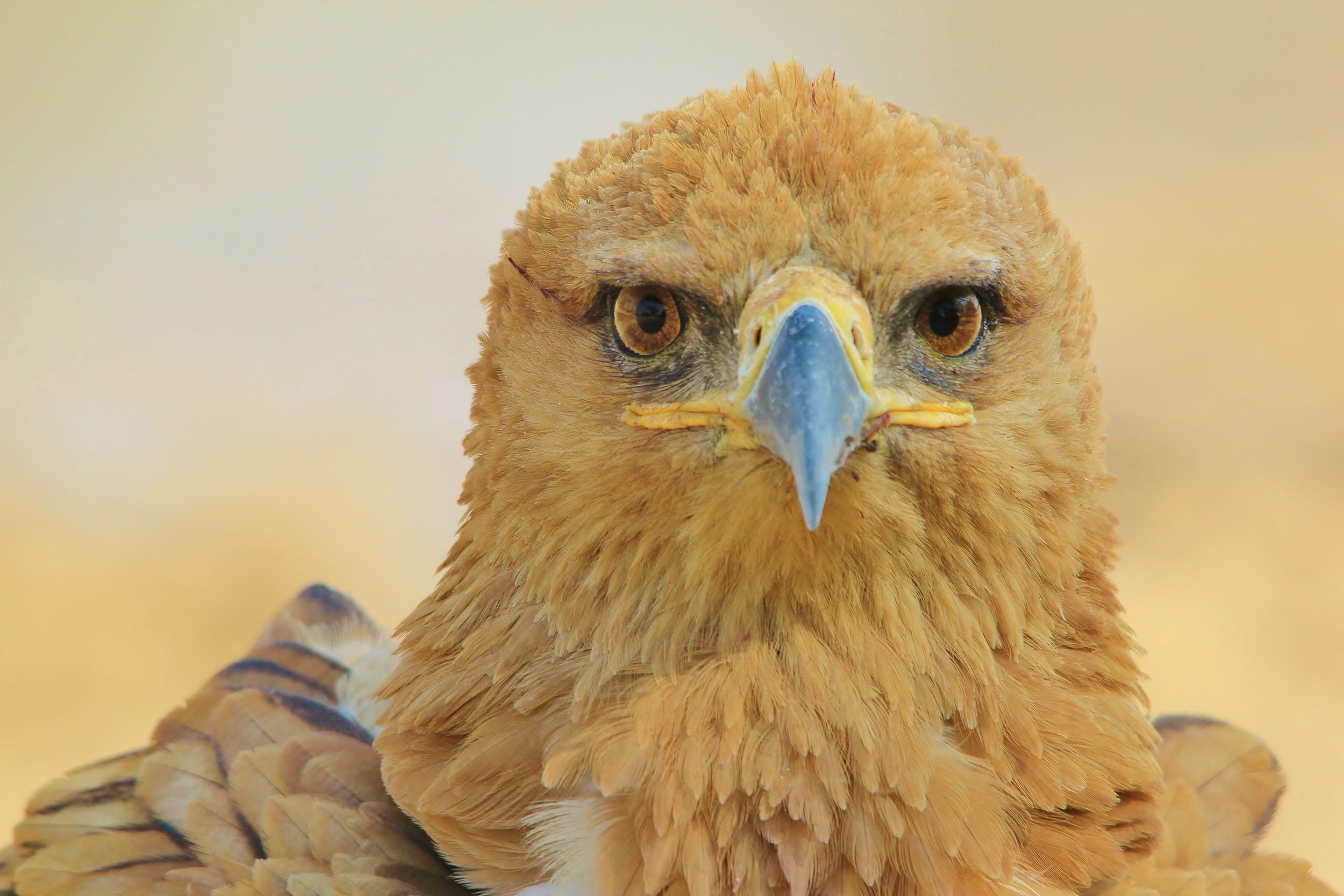
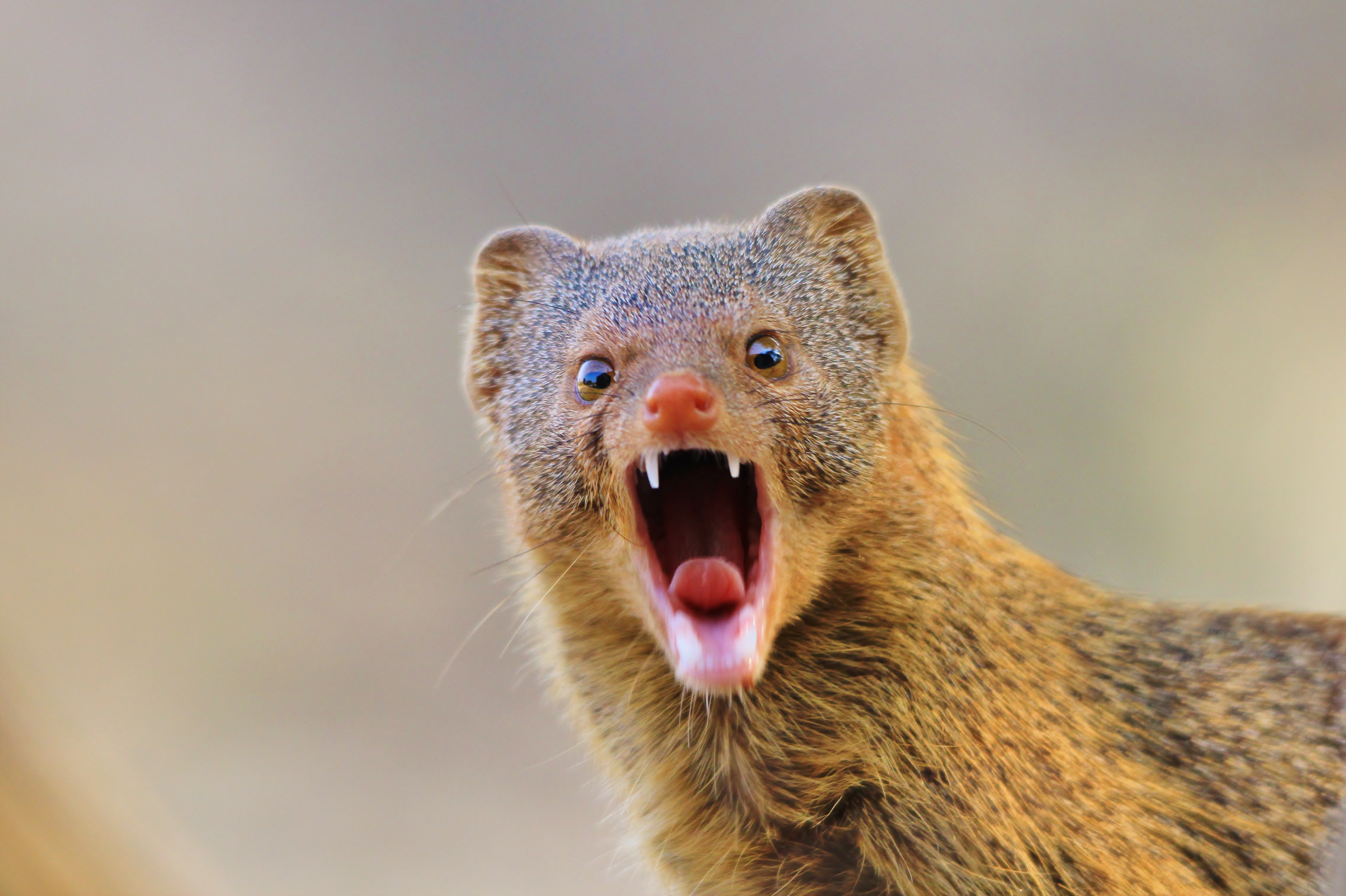
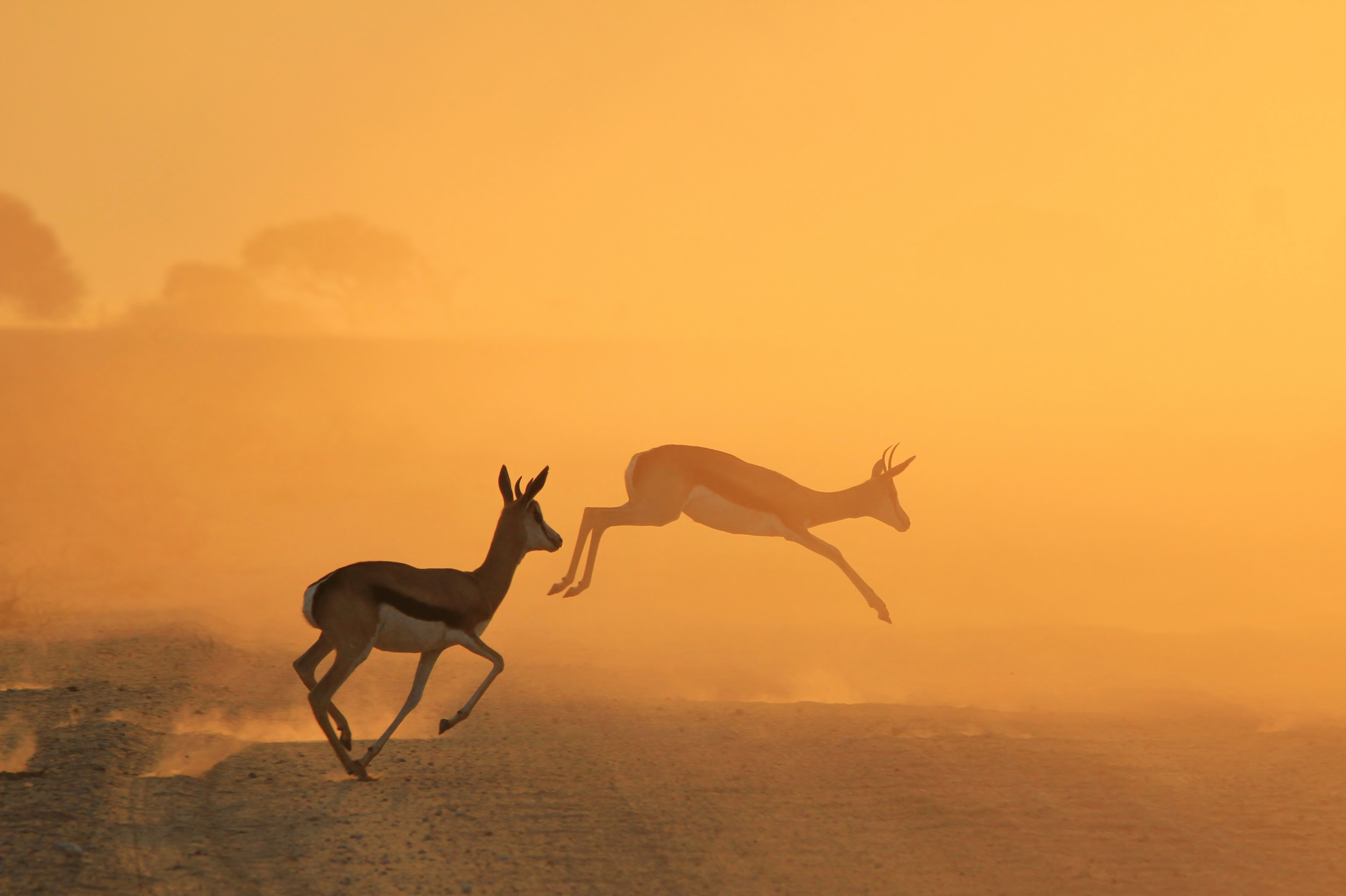
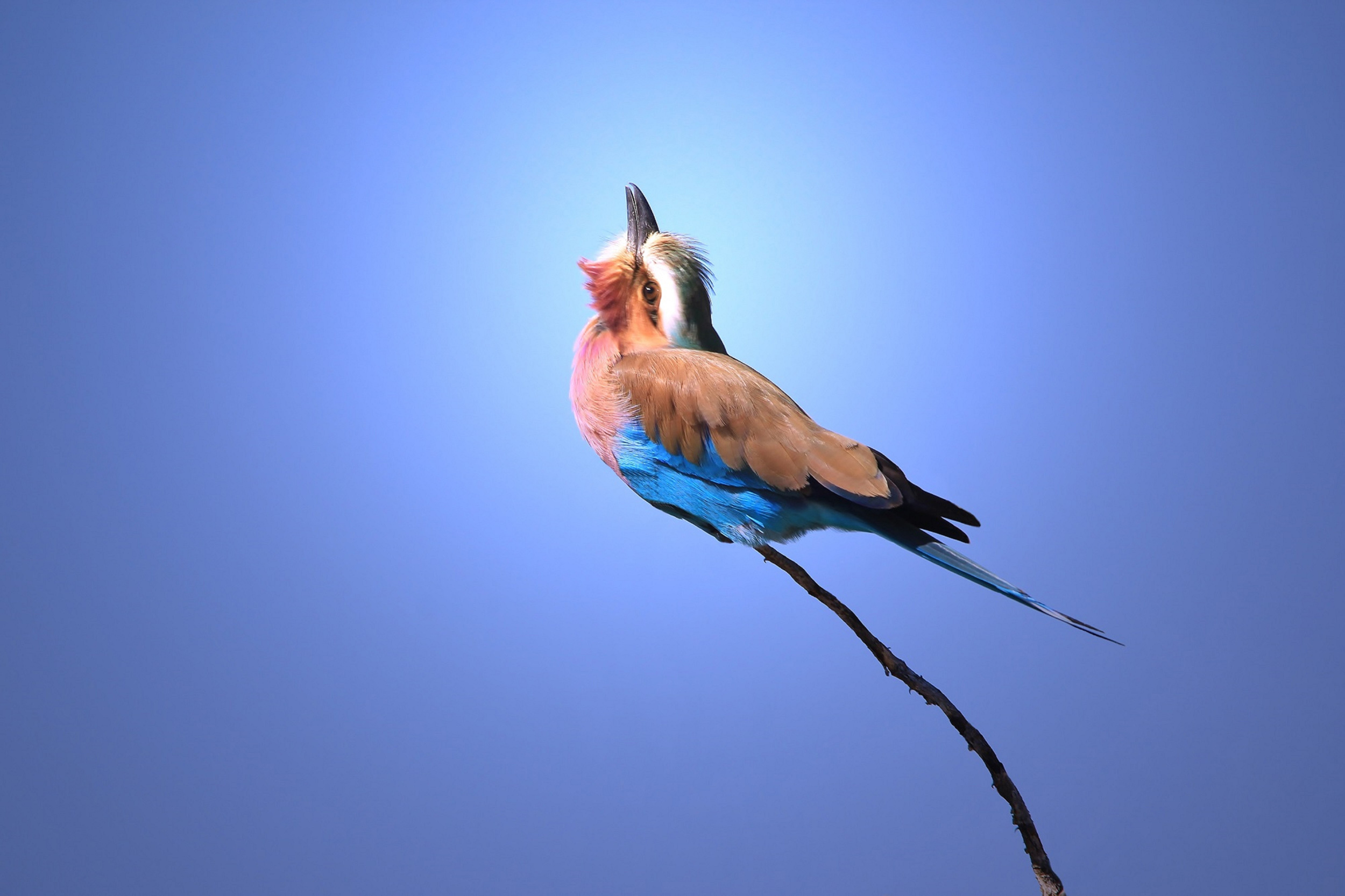
Many thanks to Andries for his time and effort to enlighten us. We wish you all the best!



